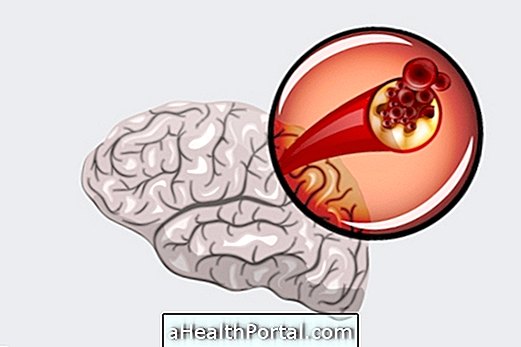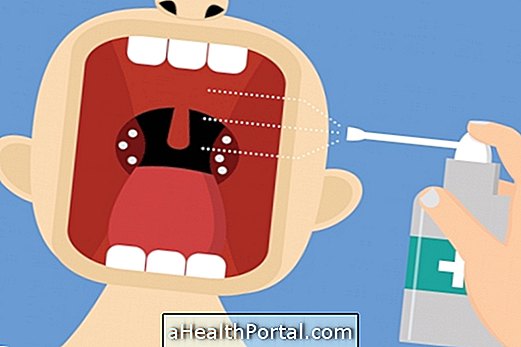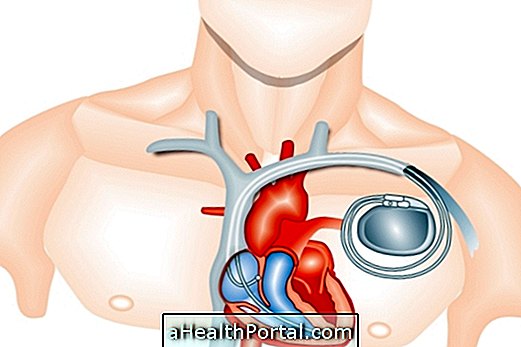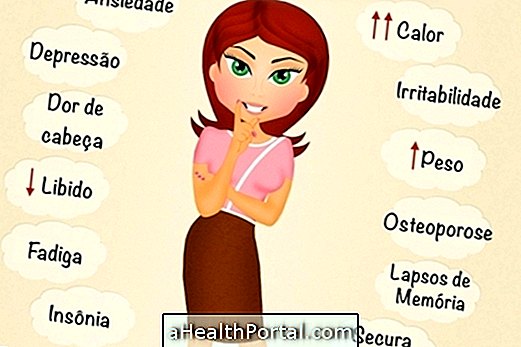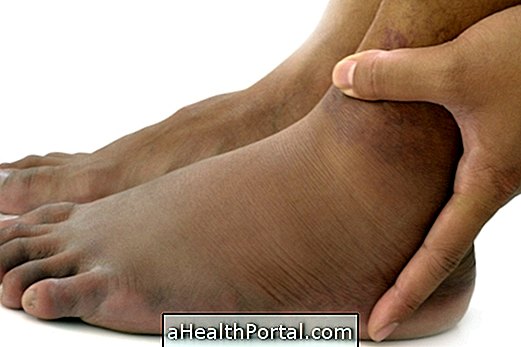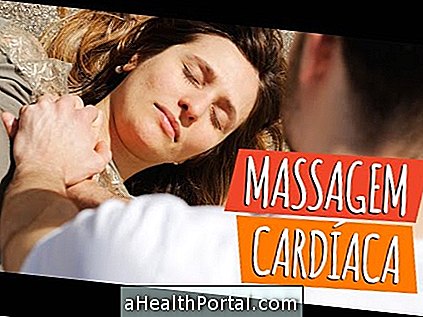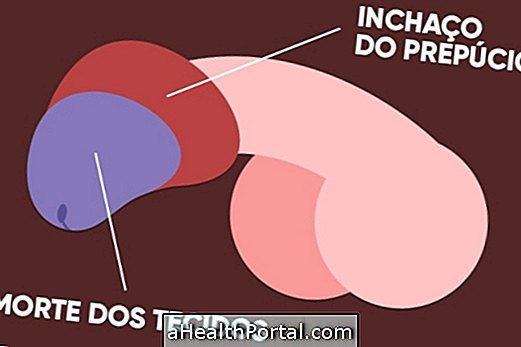Chronic pain, which is pain lasting more than 3 months, can be relieved by medications that include painkillers, anti-inflammatories, muscle relaxants or antidepressants for example, which should be doctor-led. In addition, if it is a pain of difficult improvement, it may be necessary to increase doses or use more potent medicines, such as opioids, adjusting according to the need of each person.
However, the best way to treat this type of pain is with alternatives directed to the cause, after the doctor determines what is causing the symptoms, be it a spinal arthrosis, herniated disc, arthritis, fibromyalgia, herpes zoster or sciatic nerve, for example. Thus, in addition to the remedies, it may be necessary to perform treatments such as physiotherapy, acupuncture, radiofrequency, surgery or psychological counseling.
Chronic pain can occur in any part of the body, and indicates that there is some kind of damage or injury to the body's tissues or nerves, and it can also be influenced by emotional issues, since situations such as anxiety and depression are important for the intensity and duration of pain. Learn more about what chronic pain is and types.

What are the treatment options
The treatment for chronic pain is individualized, guided according to the needs of each person, and can be done by the general practitioner or, in more complex cases, by pain specialists. The main forms of treatment include:
1. Pain Remedies
According to the World Health Organization, to treat a chronic pain of any kind, the doctor must choose the drugs in steps, that is, try to improve with weaker drugs, and can increase the dose or the intensity of the medicine according to the necessity. The steps of pain treatment are:
| Steps | Medicines | Auxiliary remedies For all degrees of pain management, adjuvant therapies are essential for effective and long-lasting relief. Some options are: - Antidepressants, such as Amitriptyline; - Muscle relaxants, such as Cyclobenzaprine; - Antiepileptics, like gabapentin. |
1 (Pain of slight intensity) | - Analgesics such as Dipirone or Paracetamol; - Anti-inflammatories, such as Ibuprofen or Ketoprofen, for example (preferably in periods of acute pain, not to be used continuously). | |
2 (Pain that does not improve with previous treatments) | - Analgesics or Anti-inflammatories; + - weak opioids, such as Tramadol or Codeine ; | |
3 (Intense pain or that does not improve with previous treatments) | - Analgesics or Anti-inflammatories + - Strong opioids such as Morphine, Methadone, Oxycodone or Transdermal Fentanyl, for example. |
When the pain originates in the nervous system, being called neuropathic pain, the treatment is mainly based on medicines that interfere in this sector, such as tricyclic antidepressants such as Amitriptyline or Nortriptyline, and Antiepileptics such as Carbamazepine, Gabapentin and Pregabalin, since analgesics and opioids do not have a very good effect and are reserved for when the pain does not improve with the above options.
2. Alternative Therapies
Alternative therapies are excellent ways to improve body perception, relieving tension and nerve stimuli, which has great influence on pain. Some options are:
- Cognitive Behavioral Therapy, an approach to psychotherapy, which can be very helpful in assisting in the treatment of general pain, especially by treating depression and anxiety;
- Massage, an excellent form of treatment, mainly for muscular pains associated with contractures and tension;
- Acupuncture and needling is a great proven way to relieve myofascial pain associated with contractures, osteoarthritis and other chronic muscular pains;
- Physical activities, practiced regularly, at least 3 times a week, are very helpful in relieving various types of chronic pain;
- Relaxation techniques decrease contractions and improve self-perception of the body;
- Physiotherapy, with local heat therapy or rehabilitation of the movements, useful for the improvement of all types of pain.
As the pain improves, the doctor may remove some forms of treatment, so that fewer and fewer drugs are used. However, alternative therapies can be maintained, and are great ways to prevent further pain.

3. Surgery
There are cases of chronic pain that are difficult to treat as they do not improve with drugs or alternative treatments. Thus, some surgical procedures may be performed, mainly by neurosurgeons, anesthesiologists or orthopedists, who can correct bone deformities or block nerves that are responsible for pain. Some options include:
- Local injections : injectable medications applied directly to nerve endings, such as anesthetic and corticoid infiltrations or neuromuscular blockages with botox, for example, may be made by physicians able to decrease the sensation of pain, inflammation and muscle spasms, with effects lasting for weeks to months;
- Radiofrequency is a minimally invasive surgical procedure using a modern radiofrequency generating device, capable of causing thermal lesions or electrical reactions that end the transmission of painful stimuli by the nerves, causing improvement or resolution of pains in the spine for several months ;
- Electrode implantation in the spinal cord : called the neurostimulator, this small electrode can be implanted behind the spine, capable of making stimulations that block the reception of the stimulus of pain. Spinal cord stimulation is useful for the treatment of chronic limb or trunk pain;
- Surgeries : surgical procedures for correction of structural and anatomical changes of the spine, such as removal of herniated discs, correction of the narrow canal through which nerves can pass or correction of alterations in the vertebrae can reduce nerve overload and alleviate pain.
After performing these procedures, it is also important to maintain treatment with alternative therapies, especially physiotherapy, to allow the effects to be as long-lasting as possible.

What Causes Chronic Pain
Although it is unpleasant, pain is an important sensation for survival, because it is when the body tells the brain that something is wrong or causing harm to the body, and needs to be resolved, such as a burn or cut, for example.
However, the problem is when the pain becomes chronic because it indicates that the injury or inflammation is persistent, without proper treatment, as in cases of diseases such as rheumatoid arthritis, osteoarthritis, fibromyalgia, muscle contractions, abdominal organ dysfunction or cancer, for example, or when there are changes in the nervous system and nerve fibers.
Regardless of the source of the pain, the person's mental state is a strong influencer to make it persistent and chronic, and this is proven as depressed and anxious people tend to feel much more pain than others. On the contrary, people who suffer pain in a context of satisfaction, as with athletes during a championship, for example, tend to complain much less of them.
Thus, it is very important to give attention and take good care of the emotional state, since it has many influences on various functions of the organism, and may even cause or worsen diseases, called psychosomatic. Find out what diseases can have emotional causes.
